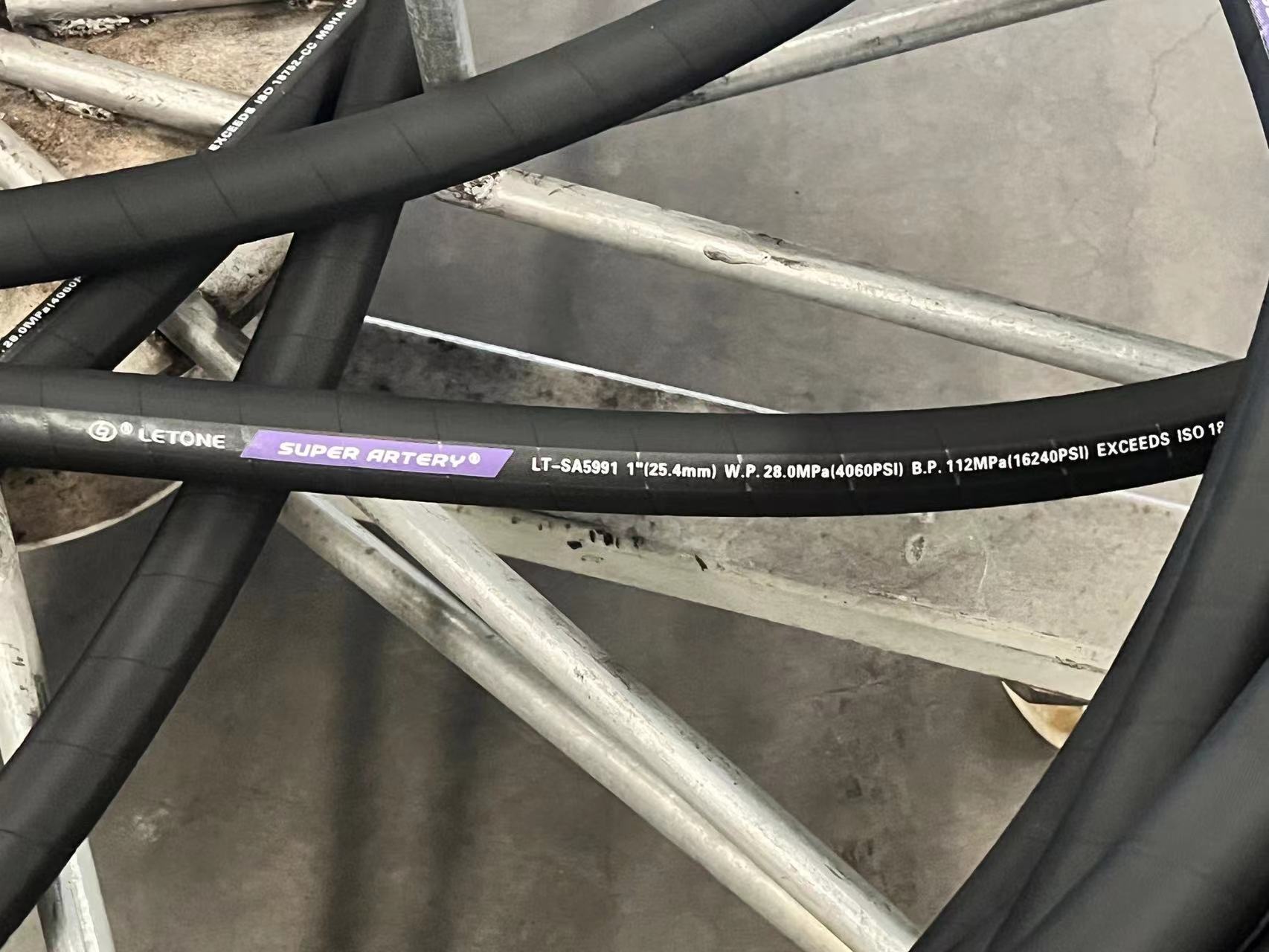Corrosion Resistance and Application of High-Temperature Steam Pipes in the Petrochemical Industry
2025-07-29 14:38:13
In petrochemical production, steam pipes, as an important transport medium, are particularly important for their corrosion resistance and high-temperature performance. With technological advancements, the petrochemical industry's raw material requirements are becoming increasingly stringent, especially in high-temperature, corrosive environments, where traditional materials struggle to meet operational demands. Therefore, finding suitable corrosion-resistant, high-temperature steam pipes is crucial. This article will delve into the performance requirements and practical applications of corrosion-resistant, high-temperature steam pipes in the petrochemical industry.
I. Basic Performance Requirements for Corrosion-Resistant, High-Temperature Steam Pipes
1.1 High-Temperature Resistance
In the petrochemical industry, steam temperatures often exceed 300°C. Therefore, steam pipes must be able to withstand these high temperatures without deformation or fracture. This requires the use of high-temperature alloys or alloys with superior high-temperature resistance, such as stainless steel. When selecting materials, in addition to heat resistance, attention should also be paid to indicators such as oxidation resistance and ductility in high-temperature environments.
1.2 Corrosion Resistance
Many chemical reactions in the petrochemical process release corrosive substances, such as sulfuric acid and chlorine. To ensure the safety and long-term operation of steam pipes, the materials must possess excellent corrosion resistance. This often requires the use of specialized alloys, such as nickel-based alloys and duplex stainless steel, which can form a protective oxide film in acidic environments, thereby resisting corrosion.
1.3 Strength and Toughness
In addition to high-temperature and corrosion resistance, steam pipes must also possess excellent strength and toughness to withstand internal pressure and external environmental shock pressure. The tensile strength and yield strength of a material are key indicators for evaluating its performance. Furthermore, impact toughness is an essential performance requirement, especially in extreme environments, where toughness effectively prevents brittle fracture of the pipe.
1.4 Fatigue Resistance
During long-term high-temperature steam transportation, pipes are subjected to repeated temperature fluctuations and pressure fluctuations. Therefore, corrosion-resistant high-temperature steam pipes must exhibit excellent fatigue resistance to extend their service life. This often requires specialized material design or heat treatment to improve the material's microstructure.
II. Application Examples of Corrosion-Resistant High-Temperature Steam Pipes
2.1 Petroleum Refining
In petroleum refining, steam pipes transport high-temperature steam to promote cracking and steam distillation. During this process, steam pipes are often subject to high temperatures and various corrosive substances. Therefore, many refineries use steam pipes made of nickel-based alloys and high-alloy stainless steel to ensure production safety and long-term equipment operation.
2.2 Chemical Production
In chemical production, many reactions require high-temperature steam, which can produce corrosive products. For example, high-temperature steam pipes in the chlor-alkali industry require specialized stainless steel to resist chlorine corrosion. This requirement has driven the widespread use of corrosion-resistant high-temperature steam pipes.
2.3 Power Generation Industry
In the power industry, especially in coal-fired and natural gas-fired power generation, steam pipes also face multiple challenges, including high temperatures and corrosion. The use of corrosion-resistant high-temperature steam pipes not only improves power generation efficiency but also extends equipment life and reduces maintenance costs.
III. Future Development Trends
3.1 Research and Development of New Materials
With rising environmental and safety standards, the development of materials for corrosion-resistant high-temperature steam pipes will inevitably move towards higher performance and more environmentally friendly options. In the future, the application of nanomaterials may bring significant breakthroughs, further improving the corrosion resistance and strength of pipes.
3.2 Advances in Manufacturing Processes
In terms of manufacturing processes, the application of advanced technologies such as 3D printing and ultrasonic testing will make the production of corrosion-resistant high-temperature steam pipes more sophisticated and efficient. At the same time, the advancement of intelligent production will also enhance pipeline quality monitoring mechanisms, ensuring that every pipeline meets high safety standards.
3.3 Expansion of Application Areas
With the continuous development of the petrochemical industry, the application areas of corrosion-resistant high-temperature steam pipes will continue to expand, especially in emerging industries such as new energy and environmental protection, where demand for these pipes will continue to grow.
The importance of corrosion-resistant high-temperature steam pipes in the petrochemical industry and other related fields is self-evident. With technological advances, material innovations, and improved manufacturing processes, corrosion-resistant high-temperature steam pipes will usher in a brighter future. Whether from the perspective of performance requirements, material selection, or practical applications, in-depth research and development of these pipes has important practical significance for improving production efficiency and safety.